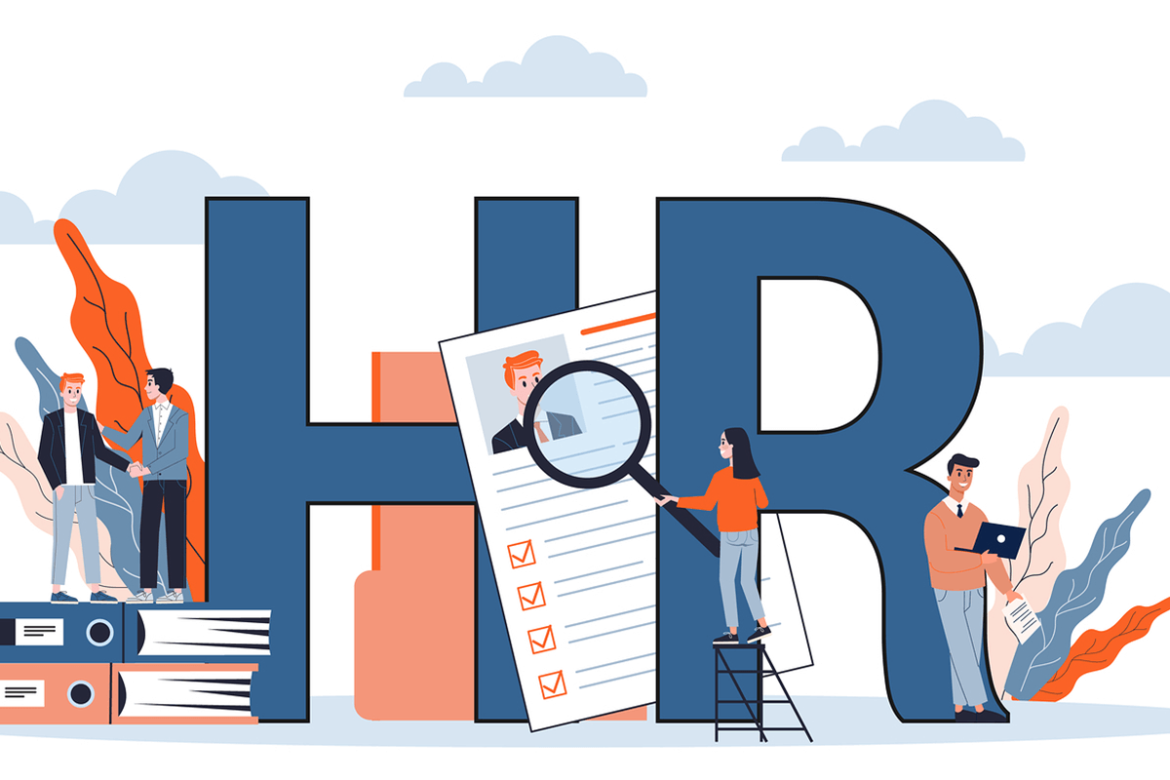Using HR data visualization effectively can help you convey an impactful story to your audience. Here are some steps to follow to make the most of HR data visualization:
- Define your objective: Clarify the purpose of your data visualization. Determine what story or message you want to convey to your audience. Are you trying to highlight trends, demonstrate the impact of certain initiatives, or identify areas for improvement? Having a clear objective will guide your data selection and visualization choices.
- Identify the right data: Determine the specific HR metrics and data points that align with your objective. This could include data related to employee engagement, turnover rates, performance metrics, diversity and inclusion, recruitment, or any other relevant HR data. Ensure that the data you choose is reliable, relevant, and supports the story you want to tell.
- Choose appropriate visualization techniques: Select the visualization techniques that best represent your data and effectively communicate your message. Common visualization types for HR data include bar charts, line graphs, scatter plots, heat maps, treemaps, and pie charts. Consider the nature of your data (e.g., categorical, numerical, time-based) and the relationships you want to highlight when selecting the appropriate visualization types.
- Simplify and declutter: Avoid overwhelming your audience with too much information. Simplify your visualizations by focusing on the key data points that support your story. Remove unnecessary elements and provide clear labels and legends. Use colors strategically to highlight important information and create a visually appealing design.
- Provide context: Help your audience understand the significance of the data by providing relevant context. Include annotations, captions, or descriptions to explain the trends, patterns, or anomalies in the data. Use titles or headings that clearly communicate the main takeaway or insight you want to convey.
- Use storytelling techniques: Structure your visualizations in a way that tells a compelling story. Begin with an attention-grabbing introduction or overview of the topic. Then, guide your audience through the data, presenting it in a logical and coherent sequence. Use transitions and annotations to connect the different visualizations and emphasize the main points. End with a conclusion or summary that reinforces your main message.
- Engage and interact: If possible, create interactive data visualizations that allow your audience to explore the data further. This can involve using tools like dashboards or interactive charts that enable users to filter and drill down into specific aspects of the HR data. Interactivity enhances engagement and empowers your audience to discover insights on their own.
- Tailor to your audience: Consider the knowledge level and background of your audience when designing your visualizations. Avoid using jargon or complex terminology that might confuse or alienate them. Instead, focus on presenting the data in a way that is easily understood by your target audience. If necessary, provide supplementary explanations or tooltips to ensure clarity.
- Test and iterate: Before presenting your data visualization to a wider audience, test it with a small group or a trusted colleague. Gather feedback on the clarity, effectiveness, and impact of your visualizations. Iterate and refine your visuals based on the feedback received, making improvements as necessary.
Remember, the goal of HR data visualization is to distill complex information into a clear and compelling narrative. By following these steps, you can effectively use HR data visualization to tell an impactful story that resonates with your audience and drives meaningful insights.
Became a Certified HR Professional. Join Next Innovation Asia, The best HR Training Institute in chennai, we offering Practical HR Courses with Assured Job Support.
Join us to grow your career in HR Domain

